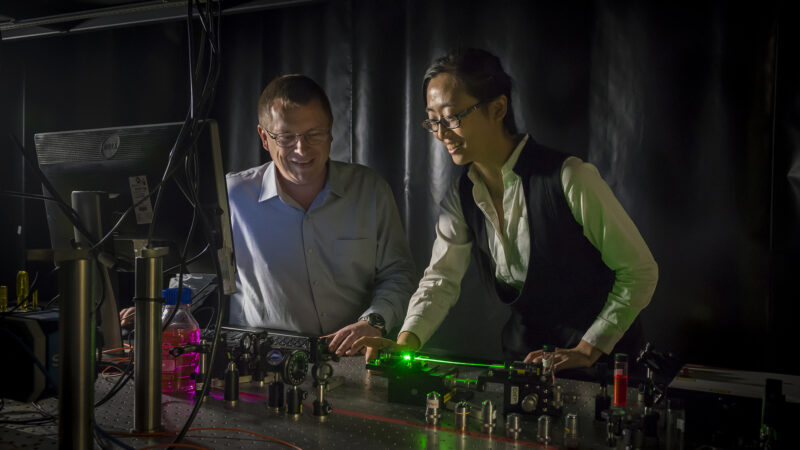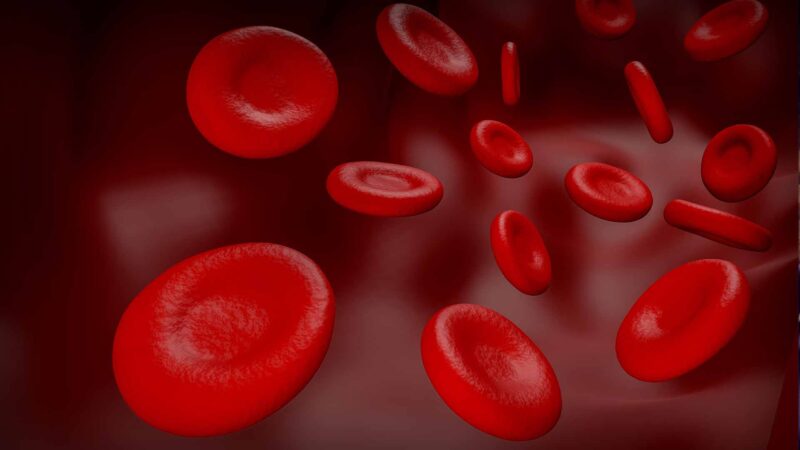CASE STUDY: METHODOLOGY IN BUILDING INFORMATION AND EDUCATION RESOURCES FOR A NATIONAL SCREENING PROGRAM Supporting participation paramount in the upcoming National Lung Cancer Screening Program
With
Dr Rachael Dodd
Senior Research Fellow,
The Daffodil Centre, a Cancer Council NSW & The University of Sydney Joint Venture
AUSTRALIAN HEALTH JOURNAL CASE STUDY
Filmed in Sydney | April 2025
At the recent Screening Conference 2025 in Sydney, hosted by Public Health Association, Dr Rachael Dodd, Senior Research Fellow at The Daffodil Centre, spoke about the information and educational resources created to increase awareness in the healthcare workforce and community on the upcoming Australia’s National Lung Cancer Screening Program commencing in July 2025.
A consortium including The Daffodil Centre, Lung Foundation Australia, Cancer Council Victoria and University of Melbourne were engaged by the Australian Government, through Cancer Australia to deliver a suite of information materials, workforce education resources, and a dissemination strategy for the Program, seen as paramount to support participation.
Dr Dodd talked to Australian Health Journal about the qualitative research process over the past 6 years, from a scoping review of existing lung cancer screening (LCS) information materials and messaging and an environmental scan of existing cancer screening program resources to inform initial development of the key messages, proposed information resources and the dissemination strategy. These were further developed through individual interviews and co-design workshops with the healthcare workforce and community members.
The scoping review identified 34 articles reporting strategies to increase awareness and knowledge of LCS. The environmental scan found 13 provider-focused resources and 18 consumer-focused resources across Australian screening programs. Most LCS-specific resources (18 sets) were from the United States, United Kingdom, Canada and Singapore.
Key ideas arising from the consultations (28 community; 35 health workforce) and co-design workshops (2 health workforce (n=41), 1 community (n=18)) were the need for: clear information about eligibility criteria, a pack-year smoking calculator, easy-to-read detail about the National Cancer Screening Register, examples of symptoms of lung cancer, clarity on referral pathways, a centralised website to host resources, videos of the screening process, guidance for ineligible participants, and managing conversations including smoking behaviours, and lung cancer stigma. Digital resources were generally preferred to paper resources.
Source: Adapted from Screening Conference 2025 Abstract Book
You Might also like
-
Hair’s-breadth endoscopes to detect plaque
This coming World Heart Day (29th September 2021), Australian Health Journal’s People in Health Care series, releases a segment on Dr Jiawen Li.
Dr Jiawen Li is an inventor and highly adaptable engineer leading the intravascular imaging program at the Institute of Photonics and Advanced Sensing (IPAS). She has developing an imaging device can be inserted into blood vessels to provide high quality 3D images to help scientists better understand the causes of heart attack and heart disease progression, and could lead to improved treatment and prevention.
-
Improved treatment in advanced-stage Hodgkin lymphoma
A global clinical trial successfully reduced toxicity and side effects in advanced stage Hodgkin lymphoma patients by using a modified treatment regimen.
Australian Health Journal spoke with Professor Mark Hertzberg in his role in the ALLG HD10 Clinical Trial and as a former Chair of the Scientific Advisory Committee of the Australasian Leukaemia & Lymphoma Group (ALLG), an organisation involved in improving the treatments and lives of blood cancer patients.
-
Strong primary care nursing solutions for a healthier Australia
The CEO of Australian Primary Health Care Nurses Association (APNA), Ken Griffin spoke with Australian Health Journal about the following:
– APNA President Karen Booth representing Primary Care Nursing in the Australian Government led Strengthening Medicare Task Force
– The current key challenges in primary care nursing
– Programs on diversity and student placement proposed in APNA’s pre-budget submission to Federal Government
– A proposed initiative called Nurse-Supported Self-Care, with broadening role primary care nursing would play in the community
– Hopes for other health priorities addressed in the Federal BudgetIn the lead up to the Australian Federal Budget in May 2023, Australian Health Journal reached out to peak health industry bodies to hear about their priorities, either noted in pre-budget submissions lodged with Federal Government in January 2023 or in recent forums such as the Strengthening Medicare Taskforce.



